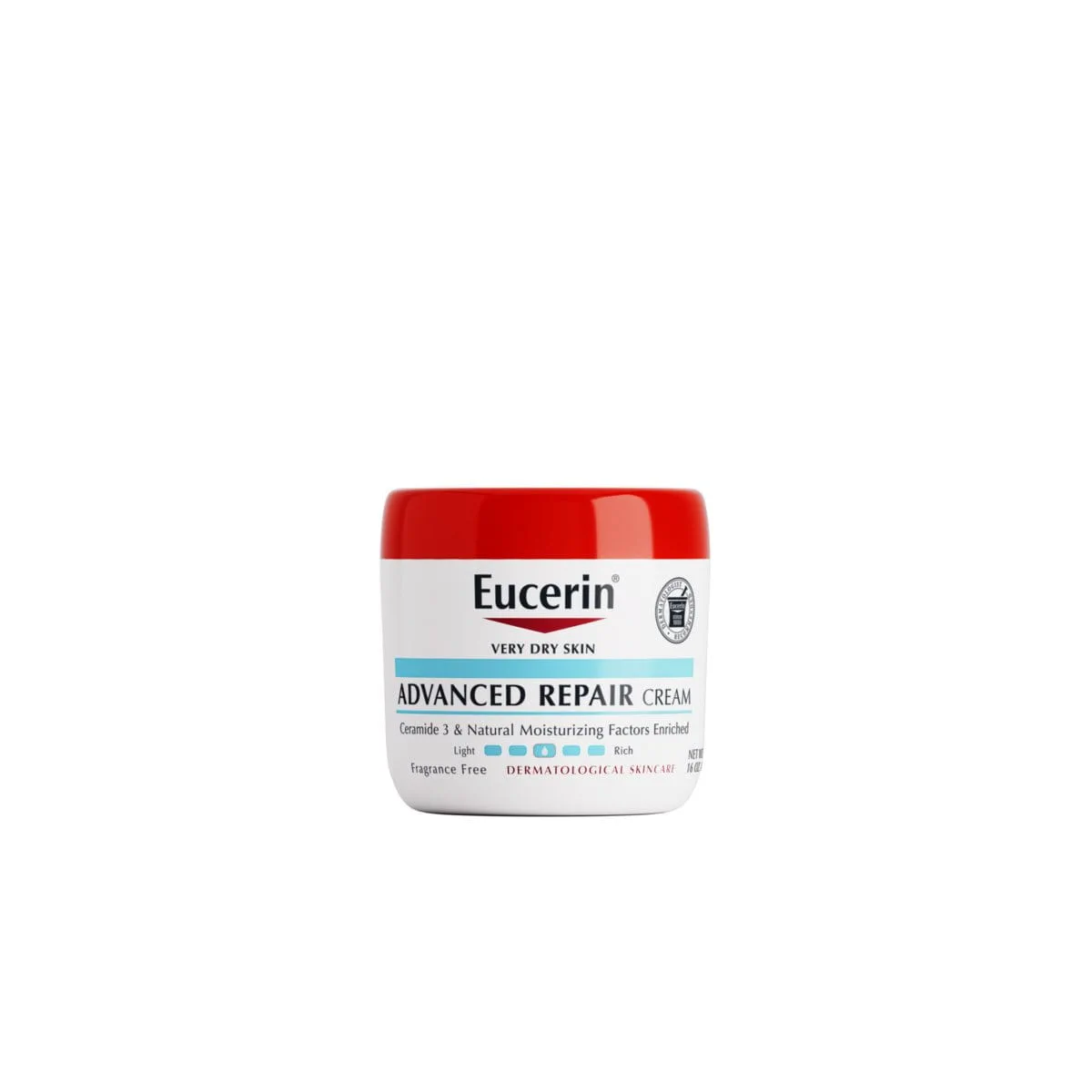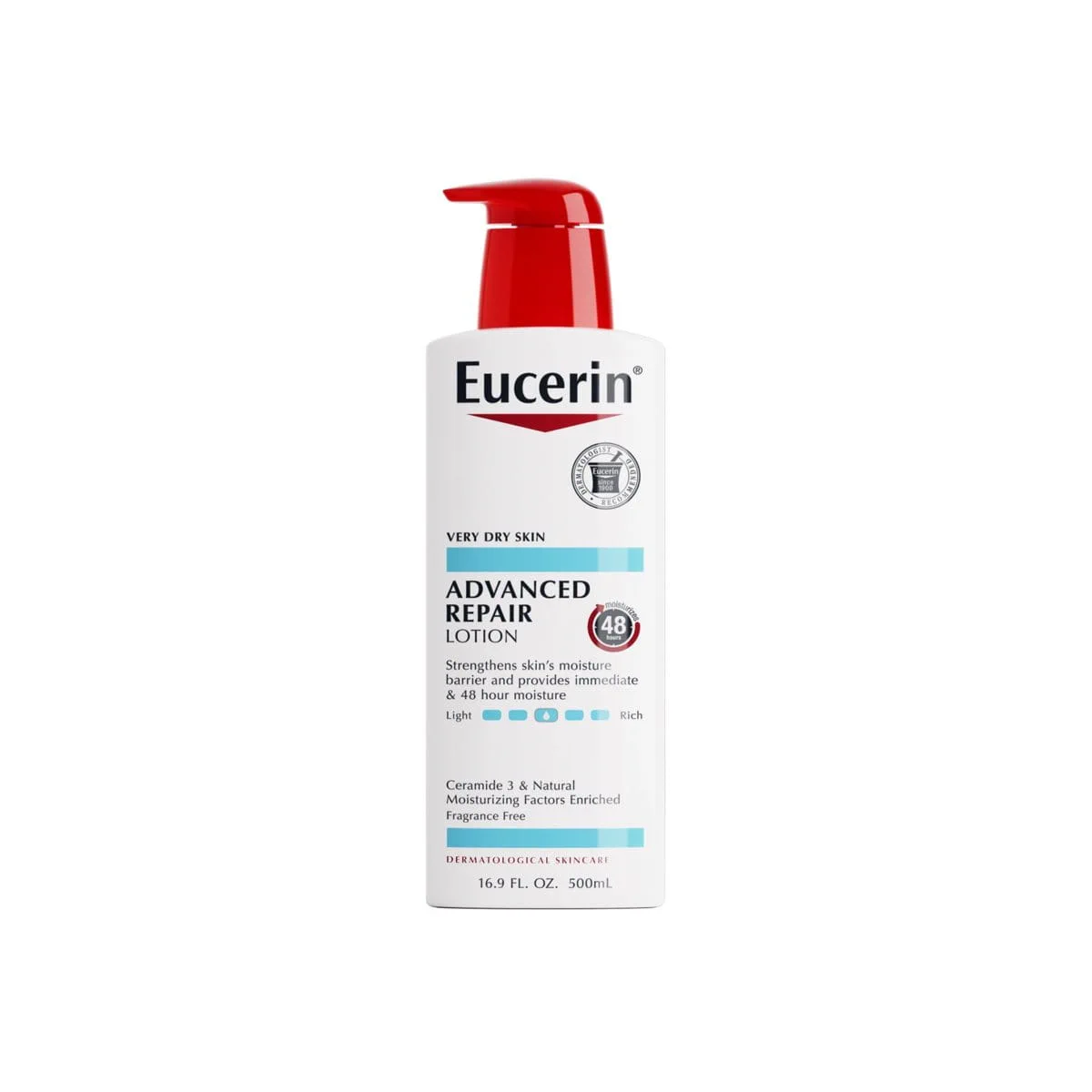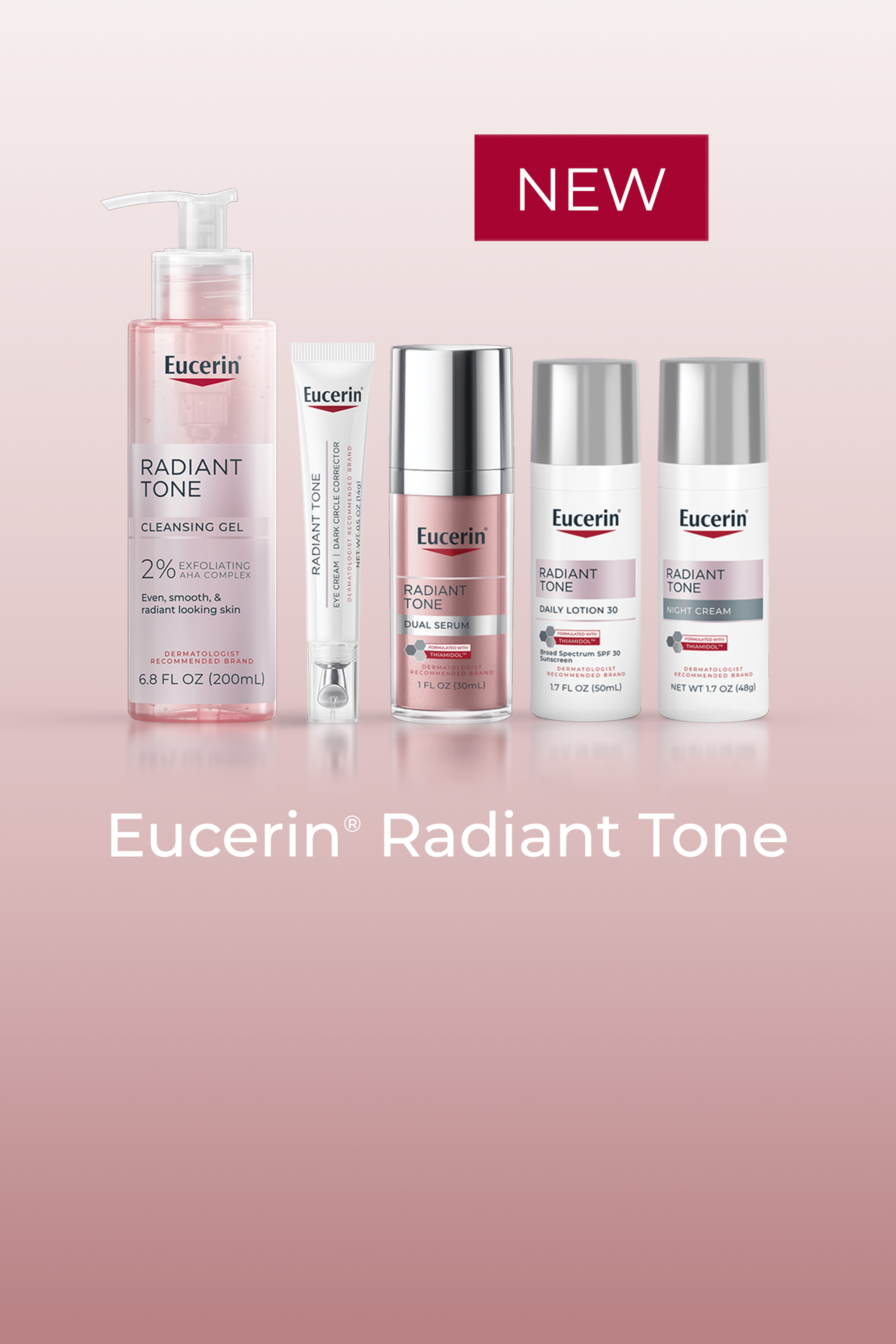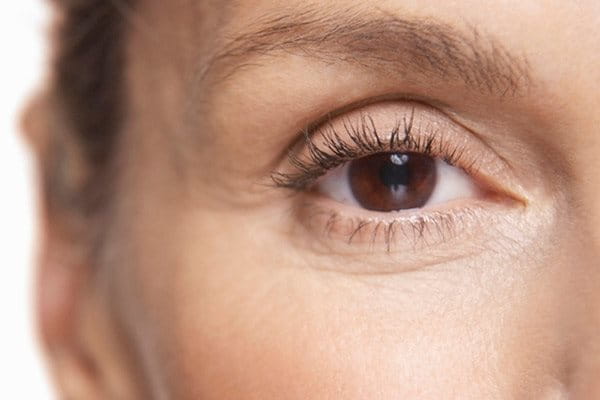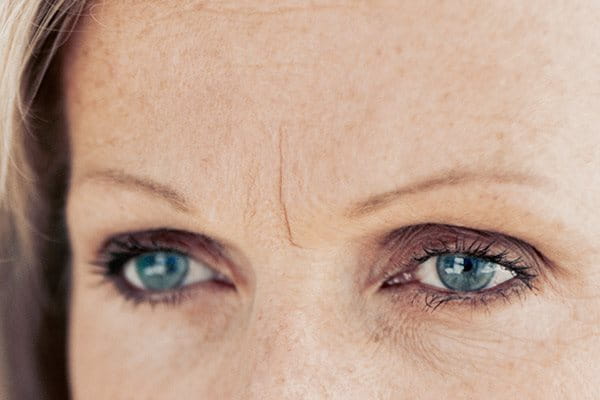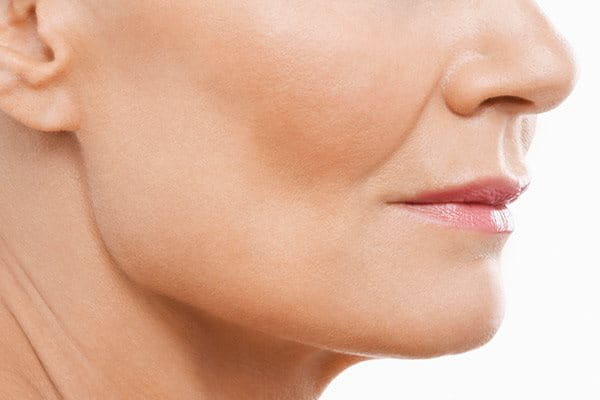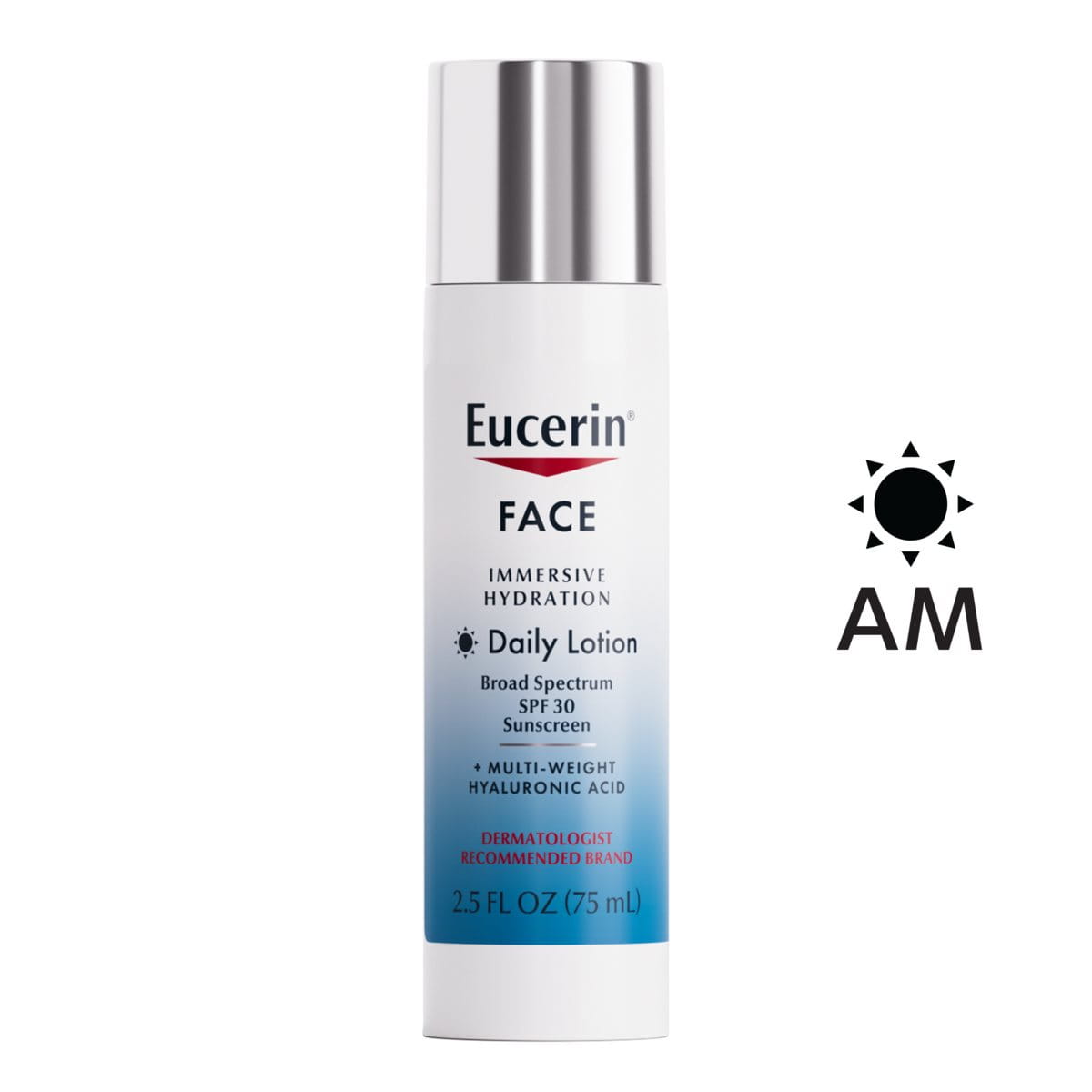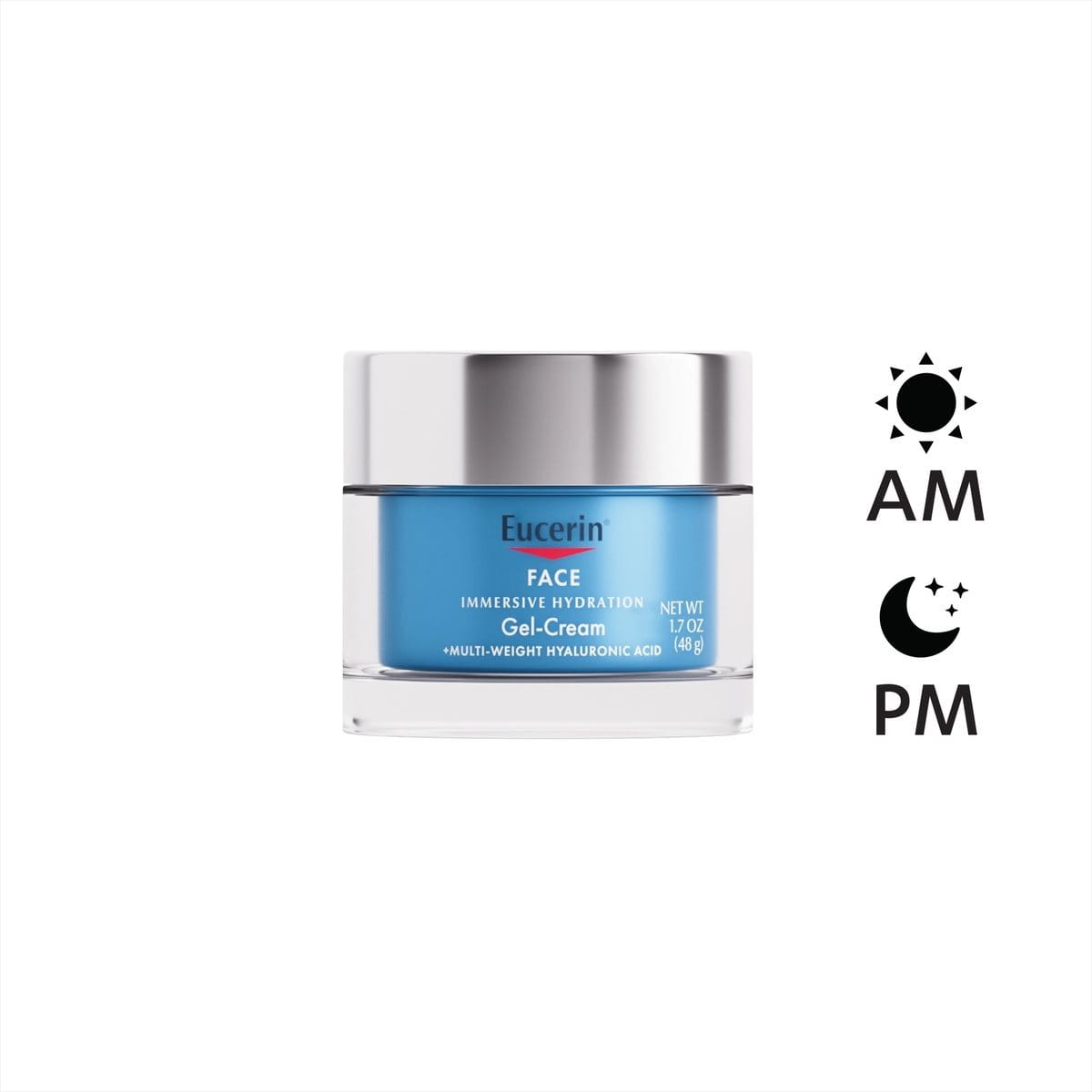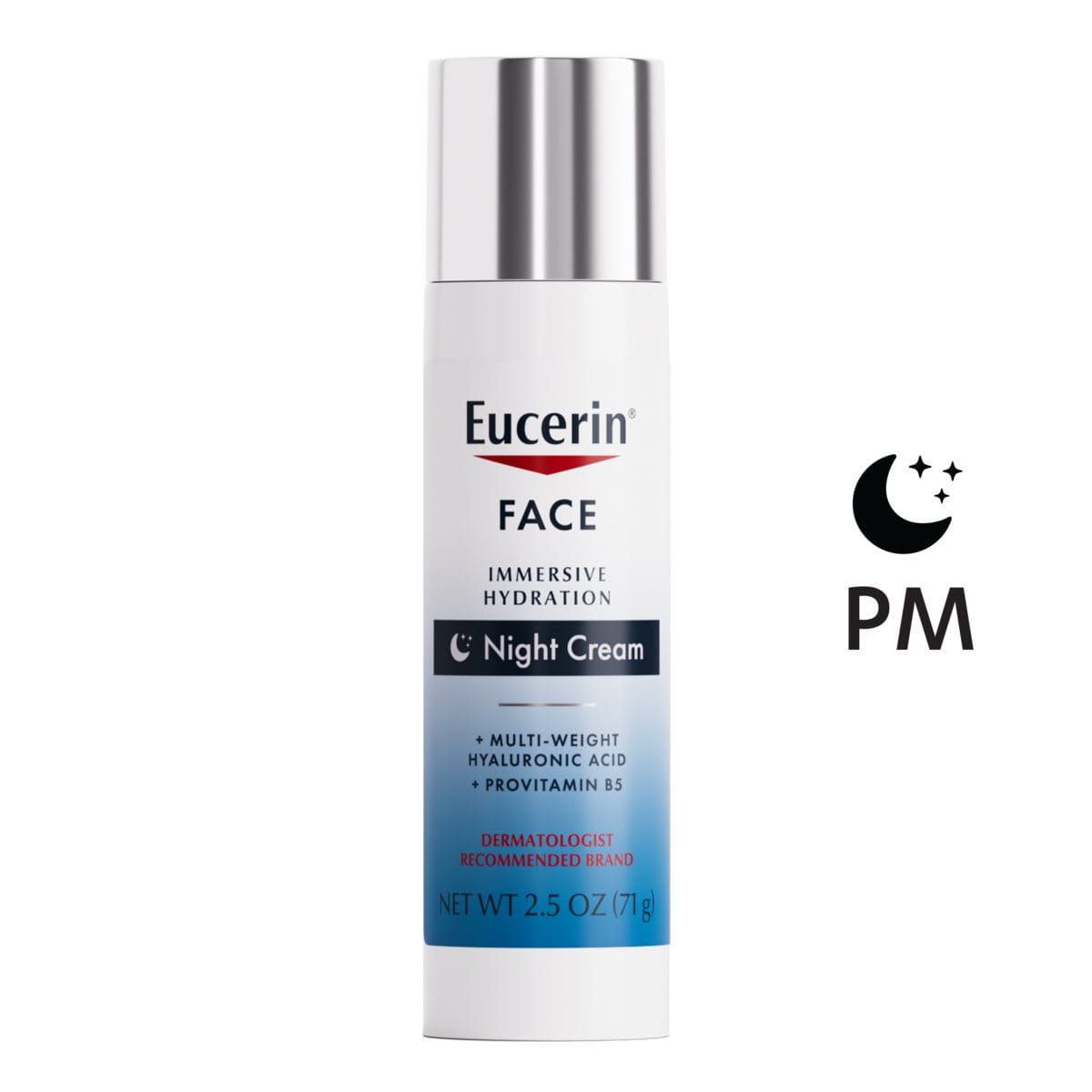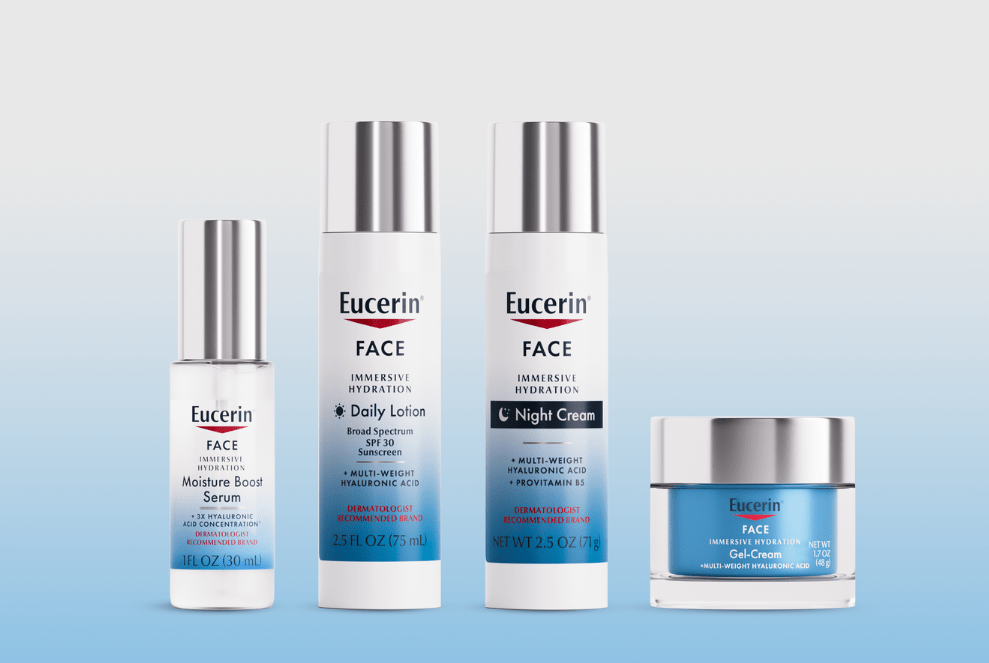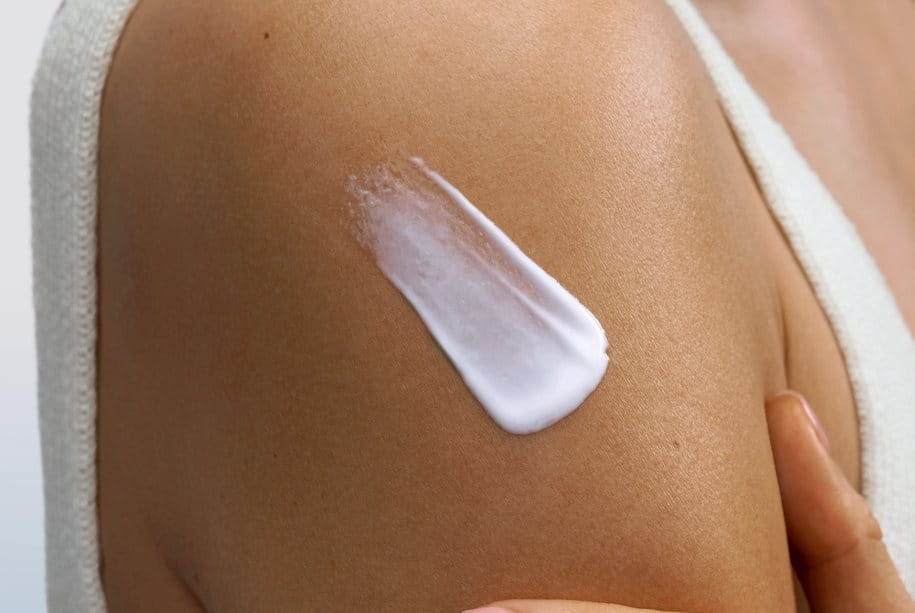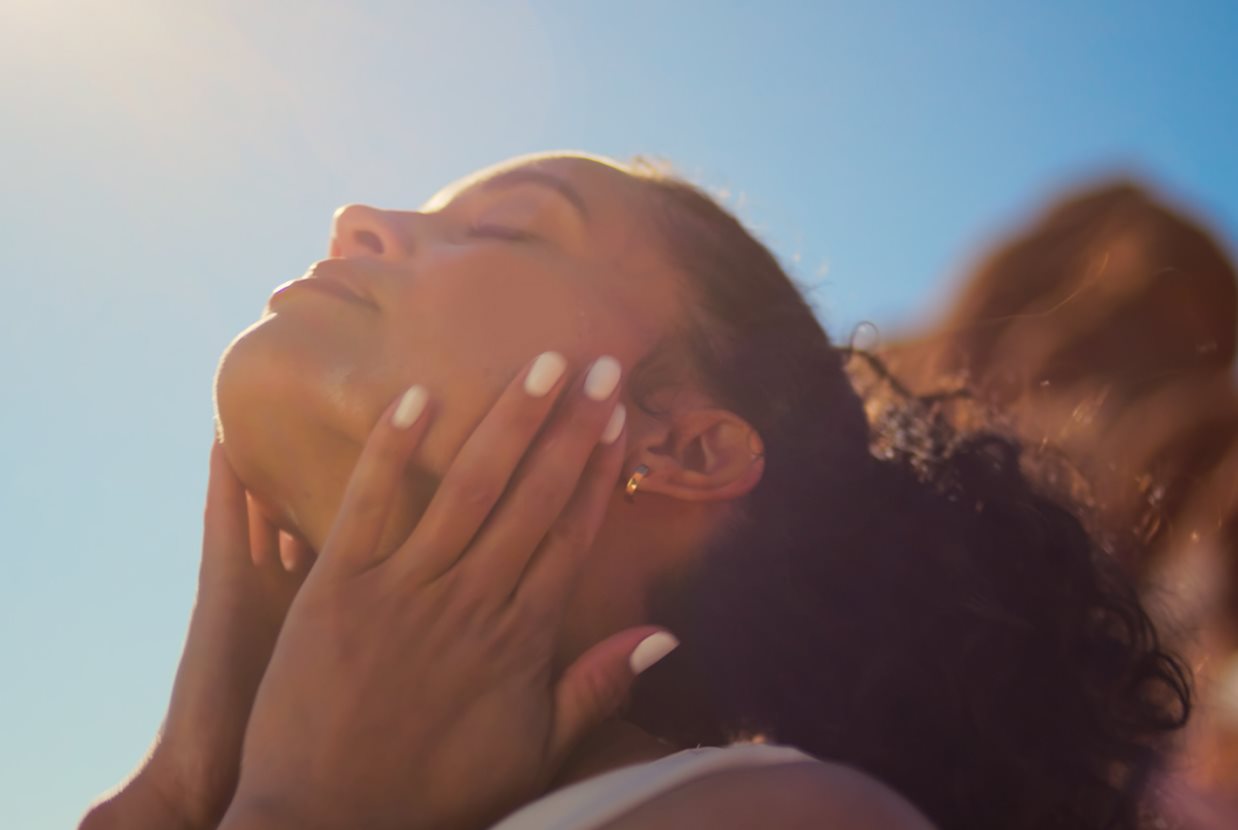External causes of wrinkles and fine lines on the face are all due to oxidative stress. Oxidative stress releases free radicals which damage skin cell structures and contribute to the natural degradation of the skin’s collagen, elastin, and hyaluronic acid. Causes of oxidative stress include:
Sun: Sun damage is the primary cause of photoaging (premature skin aging caused by the sun) and contributes to wrinkles. Prolonged and repeated sun exposure causes damage to collagen, and this results in a less elastic, weakened skin structure that wrinkles more easily.
Pollution: Pollution triggers the release of free radicals and accelerates oxidative stress in the skin.
Smoking: Oxidative stress is triggered by smoking. Free radicals damage the skin’s structure and contribute to the general signs of aging, including fine lines and wrinkles. In addition, the nicotine and other chemicals in cigarettes damage the collagen and elastin in the skin. This influences the skin’s elasticity and may also cause wrinkles.
Diet: Certain foods, mostly fruits and vegetables, are rich in antioxidants and can help to prevent premature aging.
Lack of sleep: The skin needs sleep to repair and regenerate. Poor sleep can also contribute to your day-to-day stress levels. When the body experiences stress, it produces the hormone cortisol, which negatively impacts collagen levels, further accelerating wrinkles development.
